We are committed to food packaging PVC cling film, PE cling film,stretch wrap, aluminum foil and other disposal food packing film/foil.

Language
>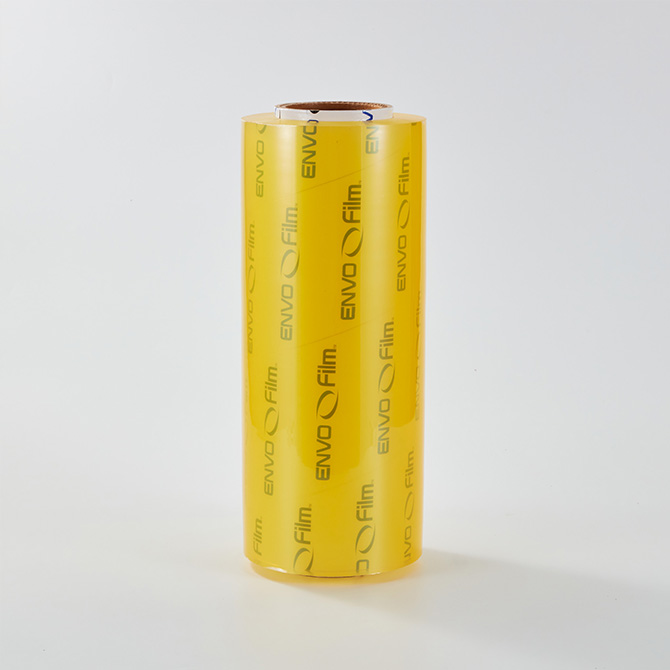

Cling Classic Food Wrap
Cling Classic Food Wrap is a premium food-grade PVC cling film designed to preserve freshness, flavor, and hygiene. Ideal for everyday kitchen use, this plastic food wrap clings tightly to surfaces like glass, metal, plastic, and ceramic, forming an airtight seal to lock in moisture and block odor transfer.
Whether you're storing leftovers, prepping meals, or wrapping fresh produce, Cling Classic ensures durability and flexibility without tearing. It unrolls smoothly and cuts easily, making kitchen tasks more efficient and mess-free. Safe for use in refrigerators and microwaves (when used properly), it’s a kitchen essential for homes, restaurants, and catering services.
Wide Range of Applications for Cling Classic Food Wrap
Whether you're a home cook, food service provider, or commercial caterer, Cling Classic Food Wrap offers versatile applications. Use it to cover meal prep containers, wrap fresh fruits and vegetables, seal baked goods, or protect meats before freezing. This wrap is also a practical solution for restaurants, supermarkets, bakeries, and delis where hygiene and presentation are key.
Why Cling Classic Food Wrap is Trusted in China – Key Advantages
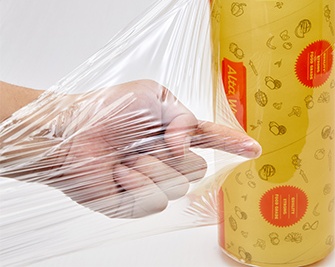
The Cling Classic Food Wrap offers multiple performance benefits that make it widely used in homes, restaurants, and supermarkets across China:
In China, cling film has the following advantages:
Superior Freshness Seal: Cling Classic Food Wrap features high-adhesion cling that forms an airtight seal to preserve freshness and lock in flavor.
Transparency: Plastic wrap usually has a high degree of transparency, allowing the wrapped food to be clearly seen, making it easier for users to observe the status of the food.
Softness: Plastic wrap usually has good softness and stretchability, can easily fit the food surface, wrap seamlessly, and is not easy to slide or wrinkle.
Easy to use: The cling film is easy to use. It can be pulled directly from the roll and cut off, quickly and easily, without the need for additional tools.
Versatility: Not only can plastic wrap be used to wrap food, it can also be used to cover tableware, protect surfaces from contamination, and even be used for some simple cooking methods such as steaming or oven cooking.
Environmental protection: Some plastic wrap products are made of environmentally friendly materials, which are easy to recycle and reduce the impact on the environment.
Economical and affordable: The price of plastic wrap is relatively low and cost-effective. It is an economical and affordable food preservation tool.
In general, plastic wrap is widely used in China and is favored by consumers because of its convenience, practicality, economy and environmental protection.
Technical Specifications of Cling Classic Food Wrap
Our Cling Classic Food Wrap is made from food-grade PVC with customizable sizes to meet different packaging needs. The following technical details highlight its suitability for professional kitchens and food packaging industries:
| Product Attributes | |||
| Material | PVC | Type | Casting |
| Hardness | Soft | Brand Name | OEM |
| Thickness | 8-23mic | Place of Origin | China |
| Length | 0-2000M | Logo | Accept Customized Logo |
| Usage | Food grade | Color | Transaprent |
| Width | 0-100CM | ||
| Supply Ability & Additional Information | |||
| Supply Ability | 1000 Ton/Tons per Month | Port | shenzhen/guangzhou |
| Package | Standard Exported Carton | Common packing | 2rolls/carton. |
| Certificate | EU & LFGB | ||
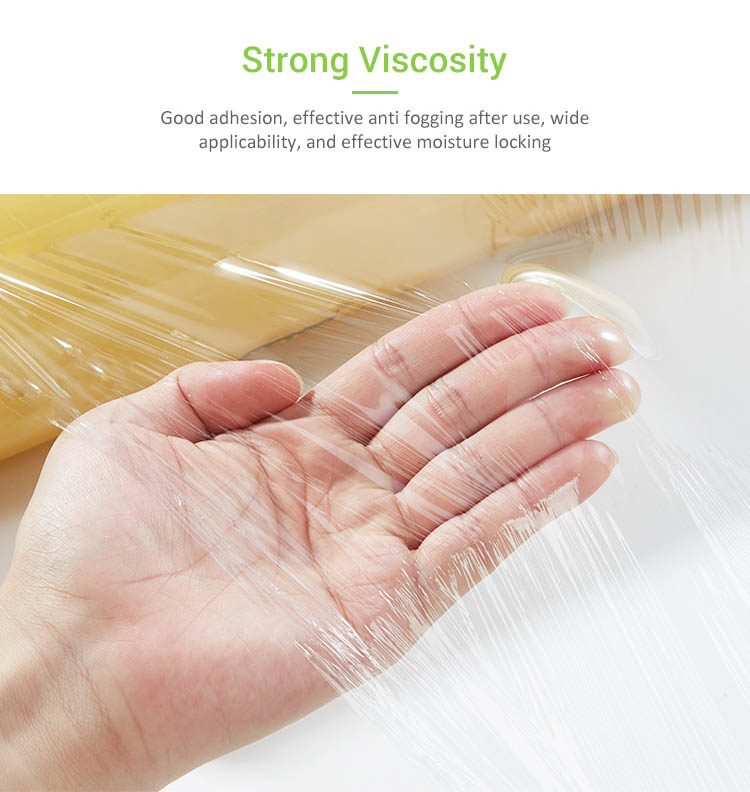
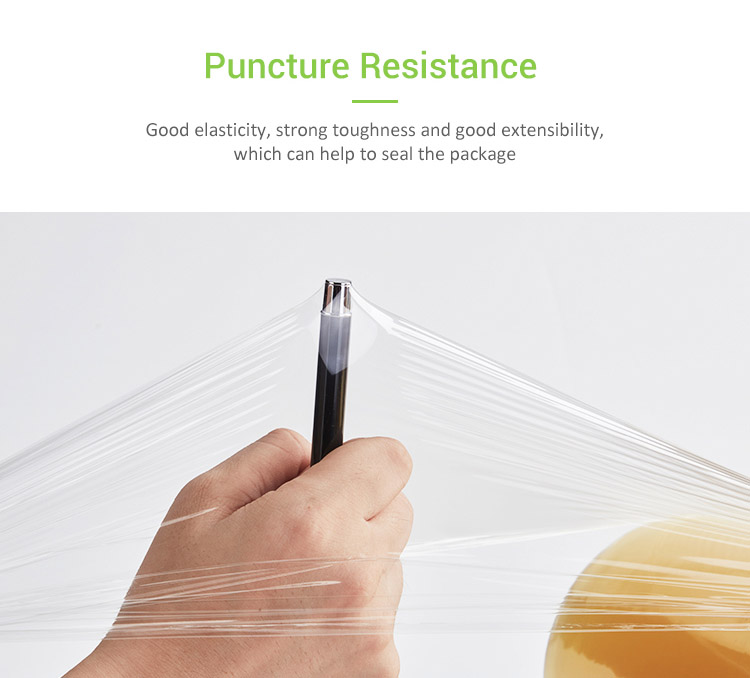
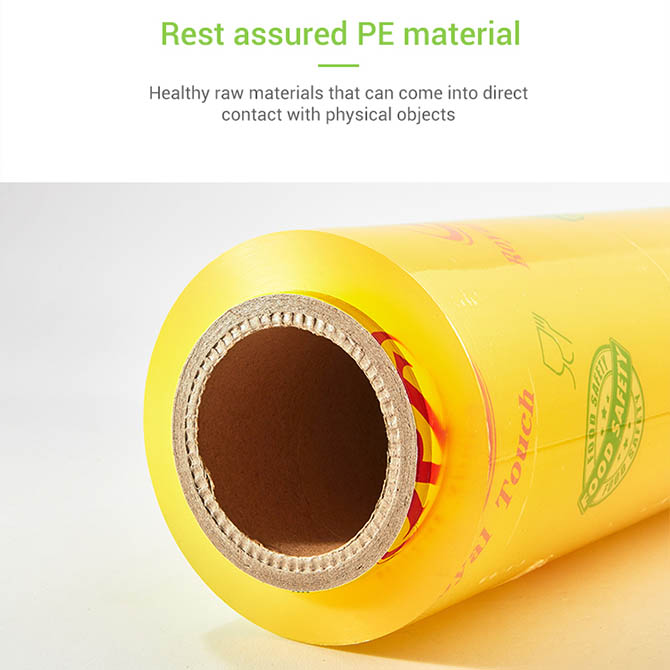
Cling film is generally considered safe for food use when used according to manufacturer instructions. However, it's essential to avoid direct contact with hot foods or microwaving it unless labeled as microwave-safe.
Cling film is typically made from polyethylene, a type of plastic. It is designed to cling to surfaces, creating a tight seal to keep food fresh.
Most cling films are not widely recyclable due to their composition. However, some facilities may accept certain types of cling film for recycling. It's best to check with local recycling guidelines.
Cling film can help keep food fresh for a few days when properly stored in the refrigerator. However, it's essential to check for any signs of spoilage before consuming.
Yes, cling film can be used to wrap food for freezing. It helps prevent freezer burn and keeps food fresh for longer periods.
It's generally not recommended to put cling film in the dishwasher as it can melt or become damaged. It's best to dispose of used cling film properly.
To make cling film stick better, ensure that the surface is clean and dry before applying. Press firmly to create a tight seal.
It's not advisable to microwave cling film unless specifically labeled as microwave-safe. Heating cling film can cause it to melt and potentially transfer chemicals to food.
Some brands offer biodegradable cling film options made from plant-based materials. These alternatives are designed to break down more easily in the environment compared to traditional cling film.
Previous: Machine Pallet Wrap Film